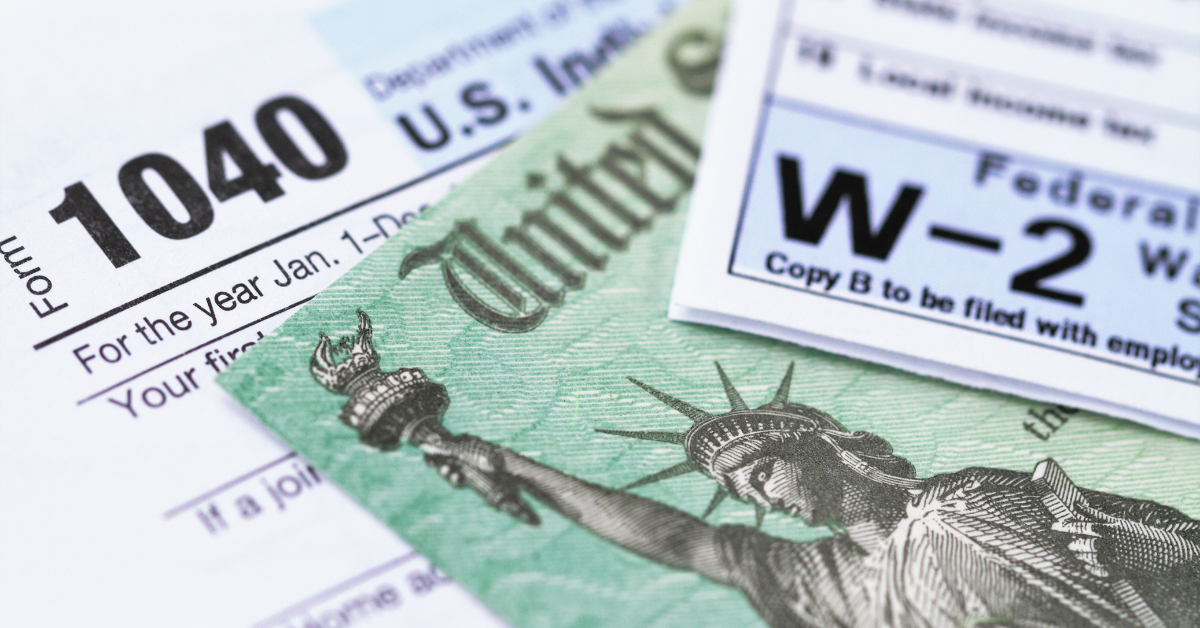As tax season approaches, the familiar sense of urgency begins to build. Whether you’re filing as an individual or for your business, preparing ahead of time can transform a typically stressful process into a manageable one. This comprehensive guide offers practical advice on organizing your finances, understanding tax deductions, and selecting the most effective filing methods, ensuring a smoother tax season.
Part 1: Getting Organized
Gather Your Documents
Start by collecting all necessary documentation. This includes:
- Personal Information: Social Security numbers for yourself and dependents.
- Income Statements: W-2 forms from employers, 1099 forms if you’re self-employed, and other income statements like interest or dividends.
- Expense Receipts: For deductions such as home office costs, education expenses, or charitable donations.
Create a Checklist
Having a checklist can streamline the tax preparation process. Include:
- All forms of income
- Potential deductions
- Credits you’re eligible for
- Previous year’s tax return for reference
Part 2: Understanding Tax Deductions and Credits
Maximize Your Deductions
Deductions reduce your taxable income. Common deductions include:
- Home Office Deduction: Applicable if you use part of your home regularly and exclusively for business.
- Education Expenses: Tuition, fees, and required educational materials.
- Medical Expenses: Out-of-pocket expenses exceeding 7.5% of your adjusted gross income.
Don’t Overlook Tax Credits
Tax credits reduce your tax bill directly and can be more beneficial than deductions. Significant credits include:
- Earned Income Tax Credit (EITC): For low to moderate-income individuals and families.
- Child Tax Credit: Available for families with children under certain conditions.
- Education Credits: Such as the American Opportunity Credit and Lifetime Learning Credit.
Part 3: Choosing the Best Filing Method
Evaluate Filing Options
Consider the following methods based on your comfort level and complexity of your tax situation:
- DIY with Tax Software: Options like TurboTax or H&R Block guide you through the filing process and are suitable for most taxpayers.
- Professional Tax Preparer: Ideal for those with more complex finances or who prefer a hands-off approach.
Electronic vs. Paper Filing
Electronic filing (e-filing) is faster, safer, and more convenient than paper filing. It ensures that your tax return is processed quicker, and refunds are issued within a few weeks.
Part 4: Planning for Next Year
Adjust Your Withholdings
If you consistently owe money or receive a large refund, adjusting your withholdings can help. Use the IRS’s Tax Withholding Estimator to make necessary adjustments to your W-4.
Make Tax Planning a Year-Round Effort
Implement strategies like contributing to retirement accounts or planning charitable donations throughout the year, not just as tax season approaches.
A Smoother Tax Season
By starting early, staying organized, and understanding your options, you can navigate tax season without the stress. Use the tips and resources provided to optimize your tax filing process, potentially save money, and maybe even look forward to tax season next year.

